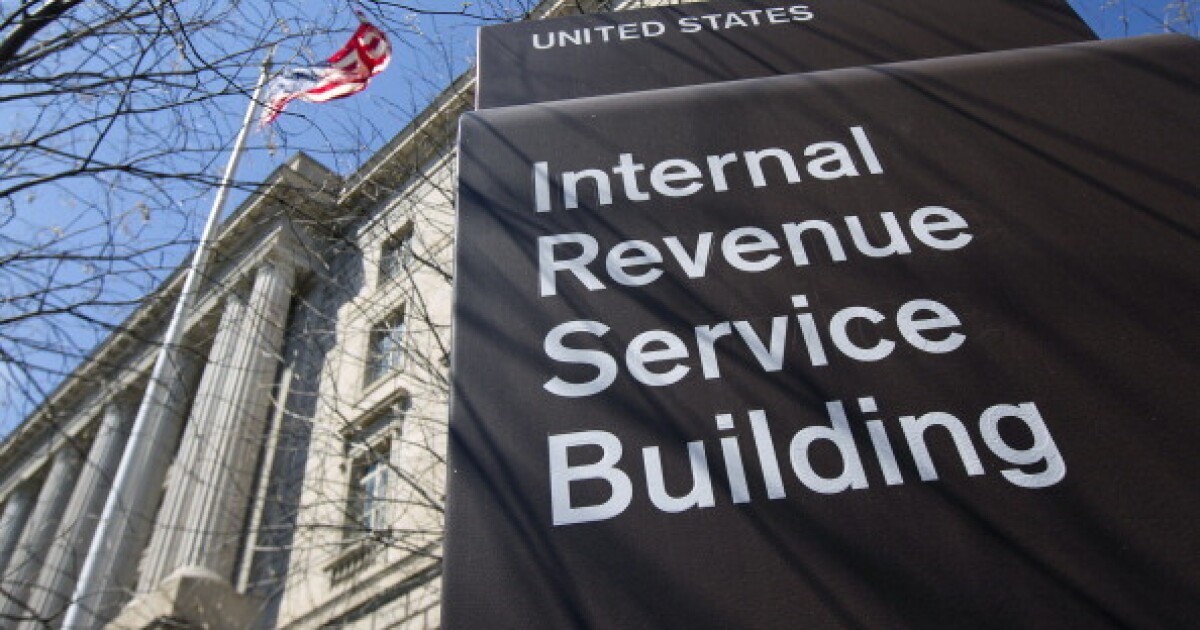The Internal Revenue Service provided
Pension-linked emergency savings accounts, or PLESAs for short, are individual accounts in defined contribution plans that can help employees save for financial emergencies.
Employers can offer PLESAs in plan years starting after Dec. 31, 2023, in other words, this year. In some cases, eligible employees could have begun contributing to a PLESA as early as Jan. 1, 2024, which is why the IRS’s initial guidance is needed right now. Subject to certain restrictions, matching contributions are made for PLESA contributions at the same rate as contributions to the linked defined contribution plan.

Andrew Harrer/Bloomberg
Employees who are eligible to be part of an employer’s defined contribution plan and qualify to contribute to a PLESA, if their employer offers one, can contribute to the account even if they don’t participate in the employer’s defined contribution plan. Generally, the maximum balance in a participant’s PLESA (attributable to contributions) is $2,500, but employers can opt to set a lower limit.
PLESAs are treated as designated Roth accounts, so while contributions aren’t tax deductible, withdrawals are generally tax free. Participants can withdraw funds held in the PLESA at least once a month, as necessary.
There’s some potential for manipulation of the rules and the IRS hopes to deter that. Guidance on reasonable measures employers who offer PLESAs can take to discourage potential manipulation of the PLESA matching contribution rules can be found in




